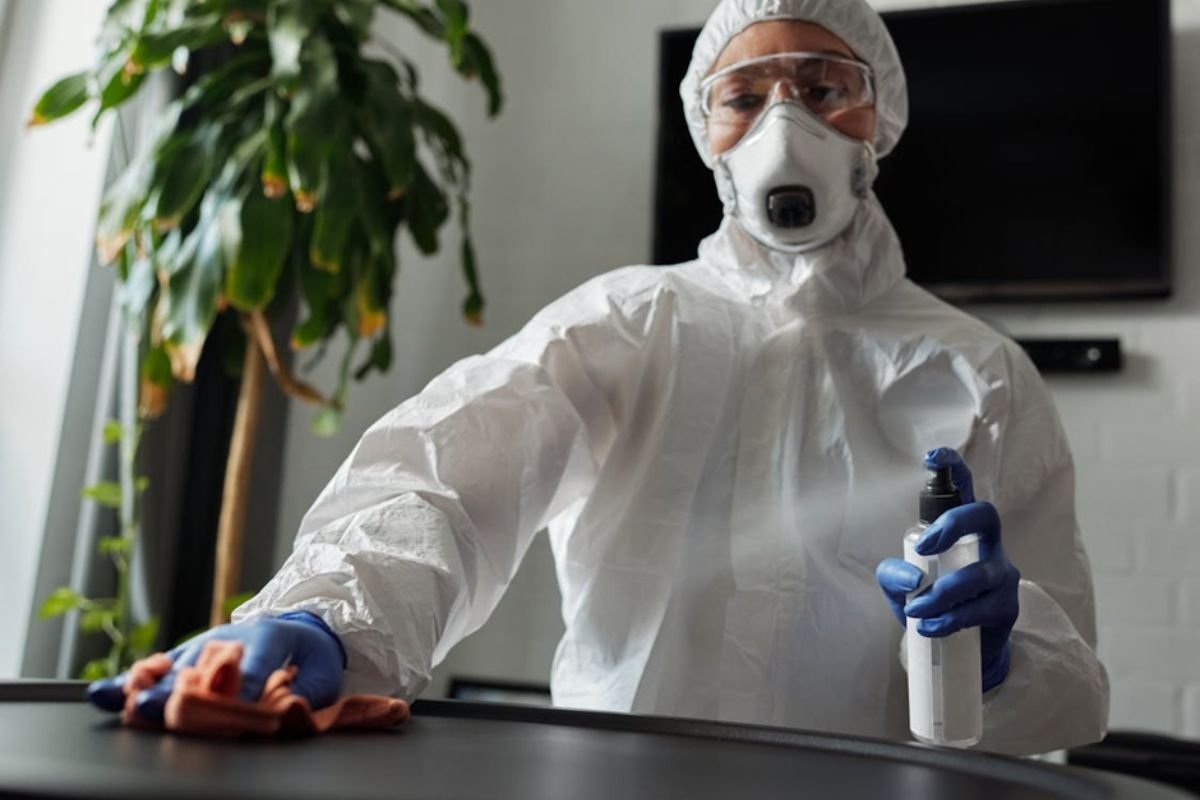There’s a lot of talk about workplace perks like coffee machines, ergonomic chairs, natural light, and flexible hours. But in many office buildings, something invisible is working against all those benefits: microbes floating in the air. They’re quiet, invisible, and often underestimated, yet these microscopic organisms might be doing more to affect your team’s focus, fatigue, and health than any email overload or noisy neighbor.
Microbe analytics, once the realm of scientific research labs, is making its way into commercial spaces. It’s a deeper layer of environmental awareness, one that goes beyond CO₂ monitors and HEPA filters. It’s about understanding the microbial ecosystem inside your building and what that says about how your people feel and function.
The Microbial Landscape of the Modern Office
When you walk into an office, you may notice the temperature or the smell of fresh coffee. What you don’t notice are the thousands of microbial species — bacteria, fungi, and viruses — suspended in the air, clinging to surfaces, or hiding in the HVAC system. The mix of these microbes is influenced by everything from cleaning protocols to building materials to the density of people in a space. Now, not all microbes are bad. In fact, many are harmless or even helpful. The trouble starts when the balance tips, and often, it tips in offices without anyone realizing.
Microbe analytics involves collecting air or surface samples, analyzing them in a lab, and identifying what microbial communities exist in a space. This can show patterns: high levels of certain fungi might point to hidden moisture issues, while the dominance of human-associated bacteria could indicate poor ventilation or overcrowding. These patterns can be correlated to something quite tangible — employee productivity.
Poor Air Quality: A Subtle Saboteur

A study published in Environmental Health Perspectives showed that workers in well-ventilated offices with lower levels of indoor pollutants and CO₂ scored 61% higher on cognitive function tests than those in poorly ventilated environments. But beyond just CO₂ or dust, microbial contamination plays a more nuanced role.
Mold spores, for example, can trigger allergic reactions or respiratory symptoms that might not be serious enough to justify a sick day but are more than enough to dull focus and energy. Low-grade headaches, itchy eyes, and general lethargy all add up. Days turn sluggish. Projects take longer. Errors increase. Worse, poor microbial air quality can amplify existing conditions. Employees with asthma or immune sensitivities may experience flares, which not only affect them personally but also impact team momentum and morale. All of this, just because the air “feels fine,” doesn’t mean it’s clean.
Data-Driven Cleaning and Design

Microbe analytics is a tool that helps identify problems and improve outcomes. Think of it as a smart diagnostic tool, like bloodwork for your building. Rather than guess at what’s behind declining energy or rising sick days, data offers clarity.
It might be beneficial to utilise the services of a commercial janitorial company that integrates microbial testing into their service models. It’s no longer just about wiping visible grime; it’s about knowing what’s being left behind — or kicked up—and adjusting methods accordingly. Using this data, cleaning routines can become surgical. Targeted disinfection, airflow corrections, and smarter use of materials all stem from knowing what’s in the air.
For instance, let’s say microbe data reveals a high concentration of Aspergillus, a common mold that thrives in damp HVAC units. That’s a flag for investigating water leaks, replacing filters more frequently, and even retrofitting ductwork. The ripple effect touches maintenance, HR (fewer sick days), and the bottom line (less downtime, better performance).
Productivity Is A Microclimate
Most companies already understand that the environment shapes output. Open-plan offices vs. cubicles. Natural light vs. fluorescent. Plants vs. sterile walls. But microbes offer a new dimension to the idea of productivity design, one that’s not visible to the eye but measurable all the same.
Imagine two conference rooms. Identical in furniture, lighting, and noise levels. One is frequently used, cleaned nightly, and has a window that opens. The other sees less use, has sealed windows, and sits adjacent to the breakroom, where spills and crumbs are common. Microbe analytics might show that the second room hosts significantly more microbial growth. This could explain why brainstorming sessions feel “off” in there or why people emerge yawning.
The goal here is to give workplace wellness initiatives a data-driven leg to stand on. Air purifiers, real-time monitors, humidity control, and smart scheduling of cleanings can all be optimized — but only when you know what’s in the air to begin with.
Not Just Hygiene — Culture

There’s also something symbolic about investing in microbial analytics. It sends a message that leadership values deeper health. It’s a move from surface-level polish to systemic well-being. That matters to employees more than we think.
In a time when burnout is epidemic and remote work is a viable option for many, attention to air quality can play a real role in the decision to come into the office. Would you rather work in a space that makes you feel low-key fatigued every day, or one where the air quite literally supports your brain function? Better still, sharing these analytics with teams — in the same way we share energy usage or recycling stats — builds trust. It creates a culture of transparency and care. “We cleaned the air, not just the carpets,” is a meaningful statement in a knowledge economy.
Investing Beyond the Surface
Too often, air quality interventions happen reactively, when someone gets sick, or mold is found, or complaints pile up. But with microbe analytics, companies can move from reactive to proactive. Like preventative health check-ups, these scans can catch patterns early and steer decisions long before there’s a crisis. Think of it as adding another sensor to your workplace dashboard. Just as we monitor KPIs for performance or user engagement, we can monitor microbial trends that predict productivity.
In the long game of workplace health and high performance, we’re only just starting to scratch the surface of what the air around us is trying to tell us. The future of office design — and productivity — may very well hinge on how well we listen.








